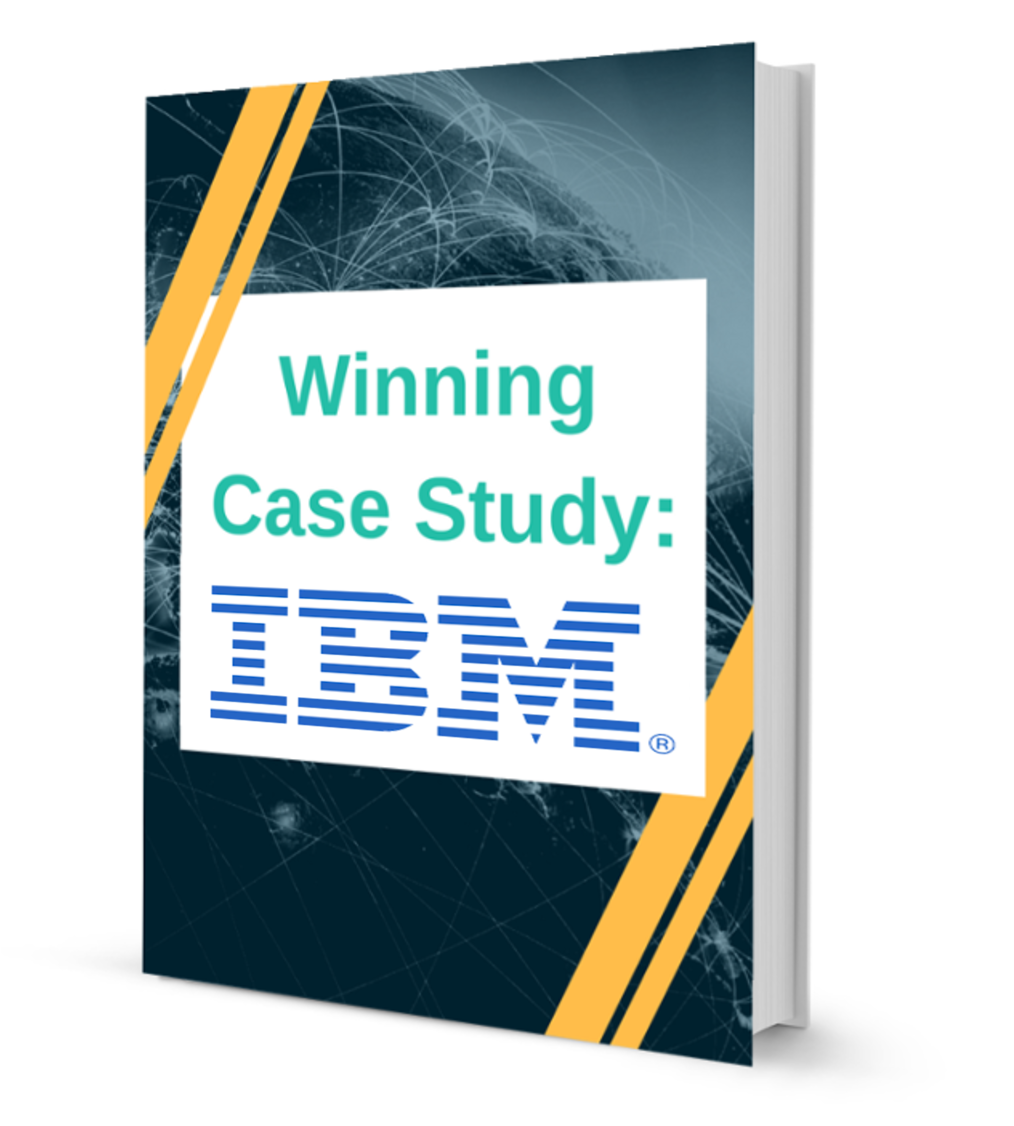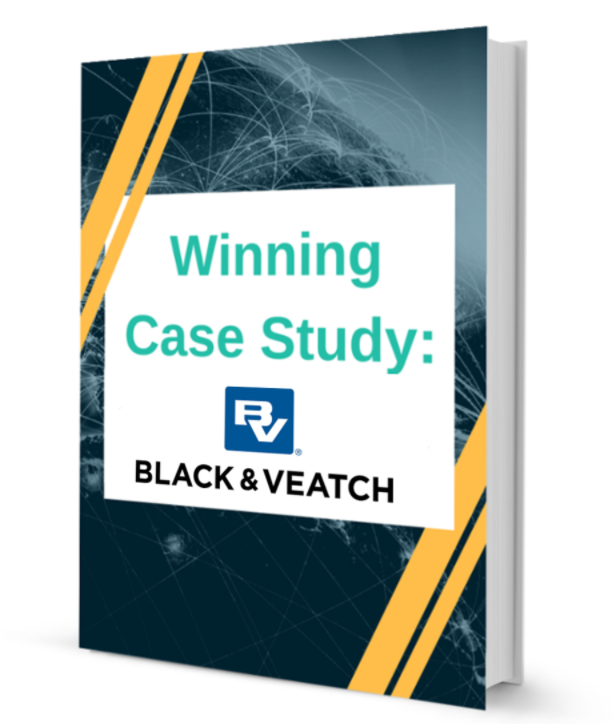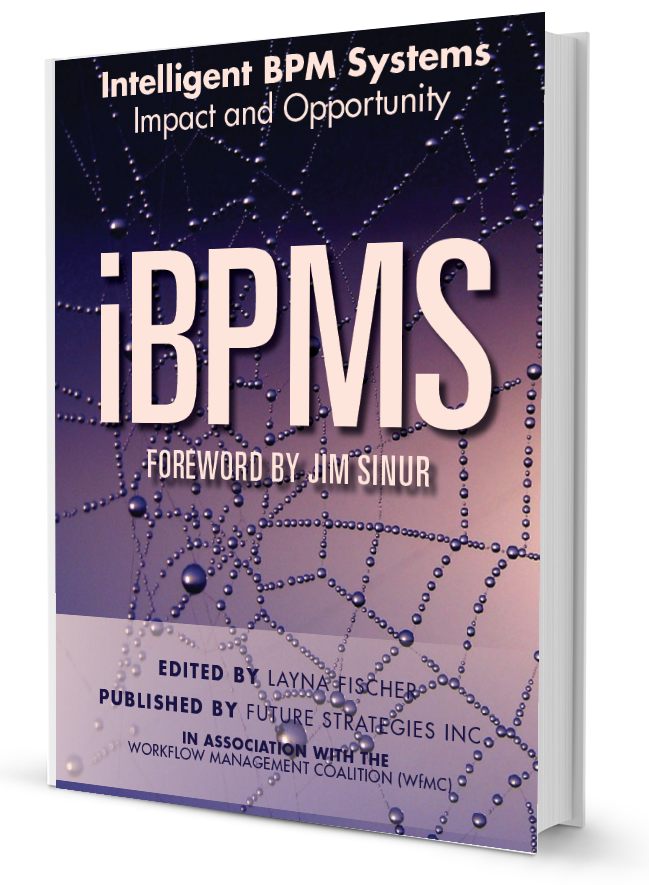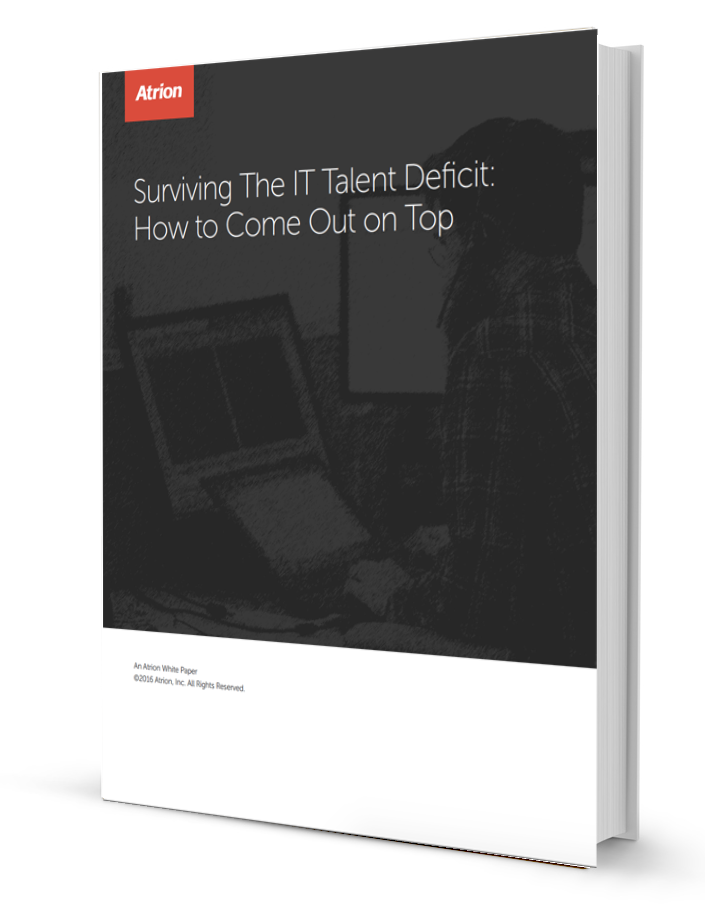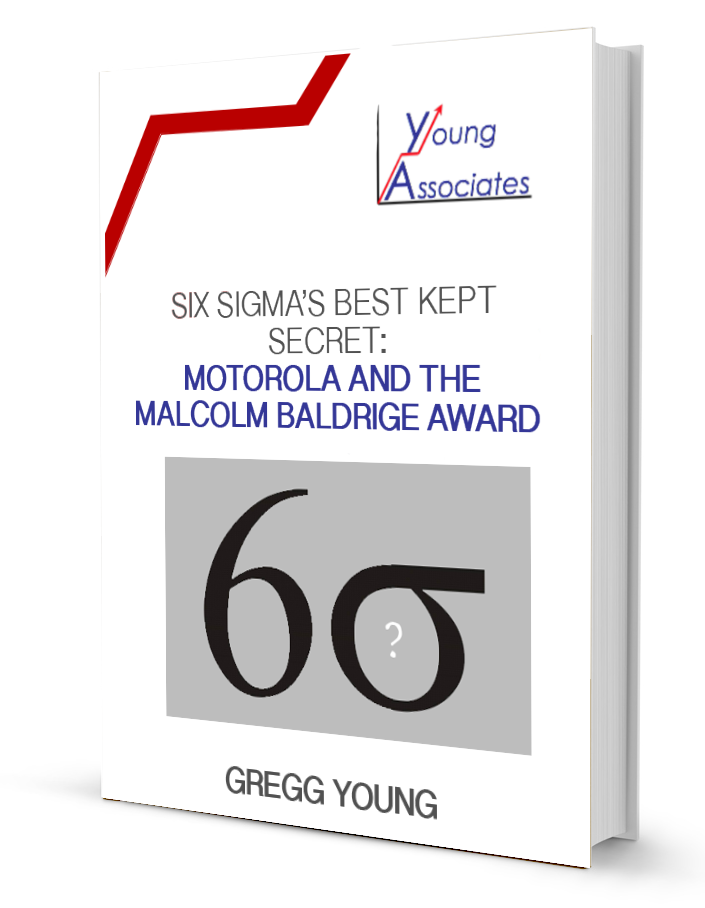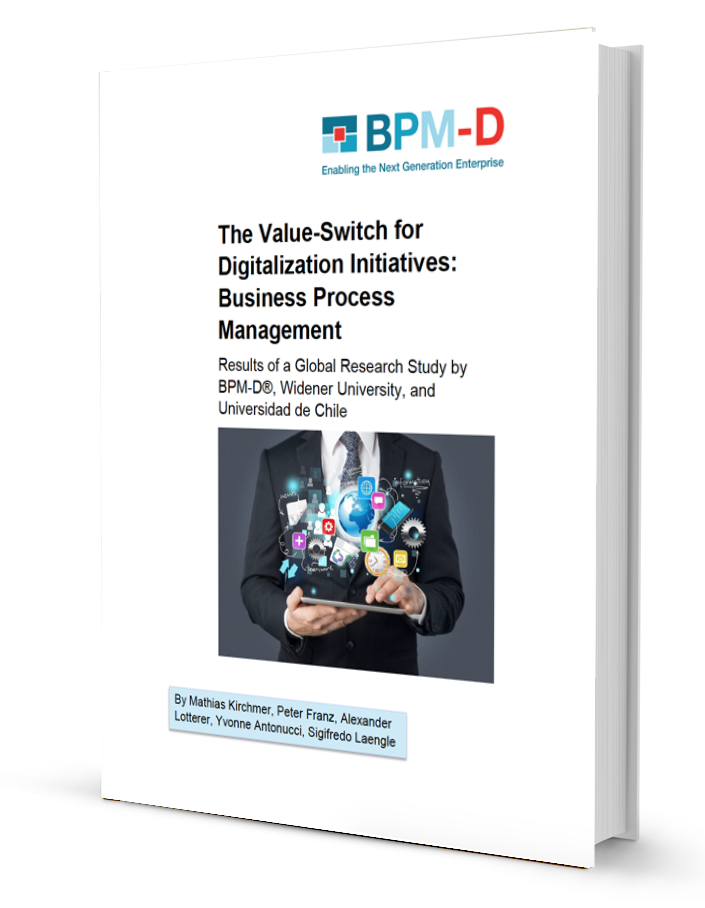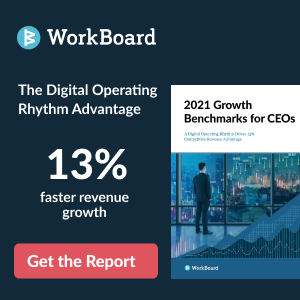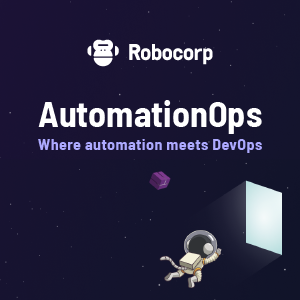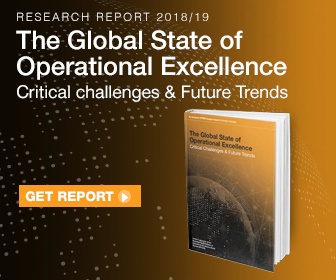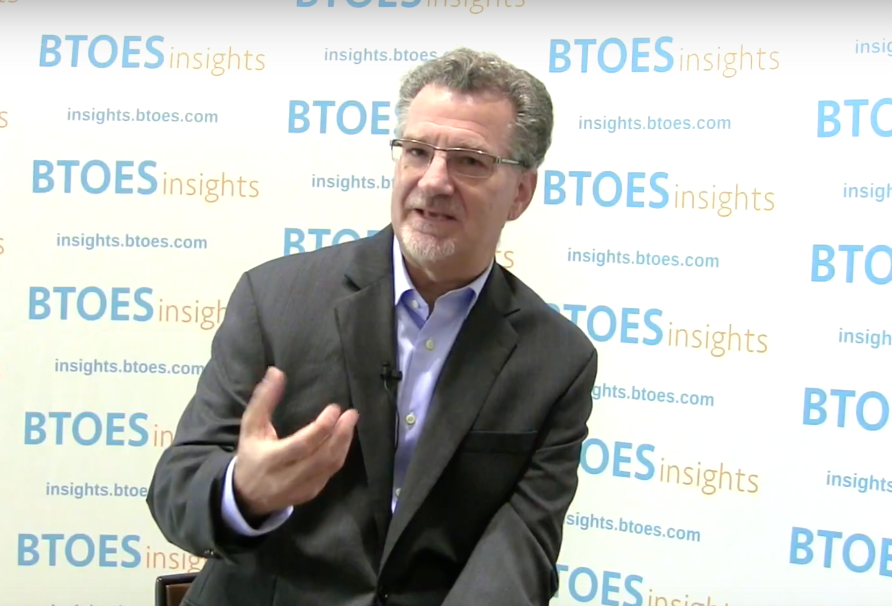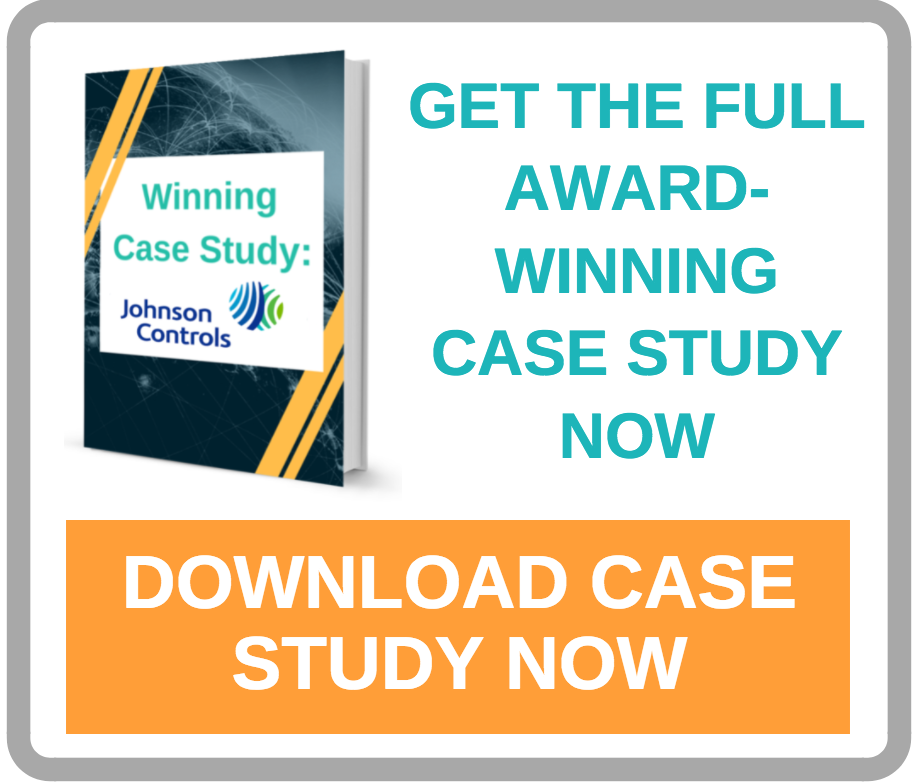Session Information:
A path towards Smart Operations, combining Operational Excellence and Industry 4.0
- Smart Operations is NOT a factory or supply chain full of technologies
- What defines Smart Operations is Output based on the best achievement mix of Cost, Quality, Service, Working Capital, Compliance, Safety, Culture and Talent
- The trick is to define short and long term Manufacturing and Supply Chain plans as a whole and for each Manufacturing Site and Value Chain, that takes into account:
- Business needs and Competitive environment
- Manufacturing and Supply chain maturity level, including Technology, Process, Skills and Competencies
- Define Operational Excellence gaps and opportunities
- Define Technology needs based on Foundational elements (must Have’s) and careful choices according to the above
- Get started with multiple test and learns and fast deployment plans
- Empower, upskill and engage the workforce in such journey
- Keep customer value as the main design principle
Session Transcript:
And I'm talking about, Marcos Paganini, Marcos. Please do turn on your camera, join us. I'm so grateful for you to be here with us.
Marcus works and lives, in Lausanne, Switzerland, where he broadcast to the from today Marcus Paganini, He's the Vice President of Global Manufacturing Strategy and Deployment at Johnson and Johnson Consumer Health. Mark was responsible for process design and standardization across the Global Manufacturing and Supply Chain Network, focusing on key processes and technology choices in aligning strategy with customer needs.
These involves global network, operational excellence, smart factory, digital, and automation, culture of innovation, and global project portfolio and performance management.
Marcus has worked at J&J for 14 years, covering all regions, and many different functions. Prior to that, he will work at the Fiat Group, McKinsey, nil, nil, rubber, Newell, Rubbermaid, and Sylvania, lighting, cross industry leadership of excellence, and innovation.
He's an operational excellence expert, and has a proven track record of driving largest scale supply chain transformations across multi site, multi region scopes, marcus'. It's a real honor and a privilege to welcome you on behalf of our global audience, Thank you for sharing your expertise with us today.
Likewise, though, thank you very much for being here and have the opportunity to share ideas, I always believe these are a great opportunity to give and take, and it's going to be a great opportunity to write.
Also, as I know, that it's been an intense, Jane, the very interesting note topics, and, and, and, and so I hope to contribute on the, on the session today.
OK, so, with these, I, I hope that you can see my by my screen.
I can go ahead, right, Jose?
Yeah, it looks great, belkin, very good.
So we're going to talk of Bye Bradford Topic. No, it's a, it's a it's about smart operations now, as we go.
And there's so much nowadays in the around, is smart manufacturing, digital transformation, and, and to put that in perspective of operational excellence now, and that's what I've been doing in J&J, and I've been doing, talking a lot in, the industry know, on how to converge both operational excellence in digital transformation. So, that's the topic for today.
And so, Jose, I already introduced myself, so as you know, I've been in many regions and functions and companies in different cultures and the like, and what I most like about supply chain, right, Is that we, we deal with so much diversity Now, we've so, many different situations. No. So, supply chains is not only complex. No, but itself also very exciting. No.
It's, it's a, that's why I keep saying though, it's for me, one of the best examples of a human co-operation note.
It's: we can achieve fantastic things when we get our act together, know, through supply chain.
And I have been privileged to be in so many different situations. Nope, and leave so many different experiences, though, in my life.
We're always very reasonable people great companies know and now 14 years in J&J, which has given me the opportunity to, you know, through Jane J to be now regions knowing, and mostly in supply chain and manufacturing.
So, let's start from the start, and put things in perspective, Nope.
Uh, we talk a lot about industrial revolution now, and now, there is this hype, I would call, that, we talk about, fourth, industrial revolution now, and that term, happened, as most of you know, right, about 10 years ago in Germany.
And, but, we need to be careful, right?
Because the, in the way that, fourth, industrial revolution has been, boom, the context is more like the industrial technology evolution, right? So, that, at, that, we need to differentiate to add what I call production system evolution initially.
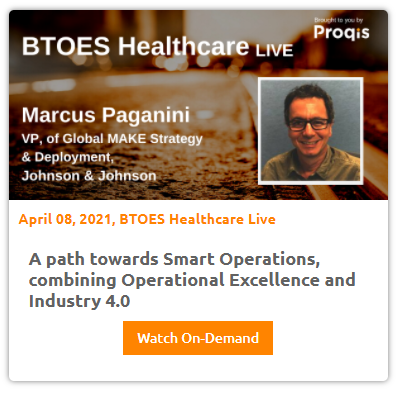 when, when we had the very first industrial Revolution note in, in England, you know, it, almost 200 years ago, we refer to production system evolution, right? That was the first industrial revolution, as we know, right?
when, when we had the very first industrial Revolution note in, in England, you know, it, almost 200 years ago, we refer to production system evolution, right? That was the first industrial revolution, as we know, right?
But then, you know, it wasn't a bit of confusion of mixing both, technology and production assistant evolution, and that's why I went into a separate thing. So, but anyhow, we are in this fourth.
Industrial revolution, technical, technology, industrial revolution, Beth, as we all know, and, and now we are leaving the cyber physical systems, right, where Internet and connectivity is the main stream, right In, in, in technology nowadays, but to put in context, right.
The production system evolution, O started way, with ..., right, make toward her systems, right.
So, production industry has always existed even before the first industrial revolution, but the thing is that processes were all artesian up right? And, which was perfect, no, because, what else make to order?
And, but, very low scale and high beaks.
And, then, as we all know, automotive and other major mass production type of industries appear in beginning the beginning of 20th century, with mass production.
Right, and, of course, automotive was the best example of that. Now, with Wave, for modeling systems that were designed to make to stock, and have low mix, no.
And what was the advantage, right, while prices and costs collapsed?
Quality improved through industrial engineering, and products were affordable and available, and that dad had a massive, no.
Increase of consumption and, and, and affordability of broadband's job to the markets. But, what was the problem of that?
Right, it, department was that, that was low, mixed of low variability of brothers. No, it wasn't push type of model no as we go in production system and that Toyota came right and created what we call TPS, Toyota Production System, with make to consumption model with high scale and high mix. So, where do we go that Toyota production system demand driven supply chain?
Consumption driven supply chain, boom. Cease, then, you know, there are multiple names of that model.
The reality is that in the last 30, 40 years, no, all companies being manufacturing or service, we tried to mimic that system, right, Because it is assistant daddies, customer centric, it creates diversity, and variability, and in the end, different choices that customers can make at low cost and at that superb quality note, that is fantastic system.
And now, the great thing is that, by joining and mixing both the protection system, which is again right.
Based on the latest methodology available, which is the Toyota production system, and the cyber physical systems in the industry for, oh, that can have a fantastic effect knowing combination, and that's what I call smart operations, OK.
Yeah, very important to remember, right, and on the right, I start from the right, right, you're gonna see what we call the virtual cell cycle, right?
Where many of you may have already seen that many times, which was introduced by James Wal-Mart note in the in the book, Lean Thinking of years ago, and we tried to mimic that system where we, we tried to create flow away. They defy value, right? Establish, pool, and seek perfection, and continue that sequence. That many times, no.
Now, The first thing to remember is that activities that don't don't add value to customers are waste, right?
And no matter how many decades passed from Toyota production system, then we try to manpower flows and improve our systems and the like. The reality is, guys, that we continue to have lots of waste in our supply chains now.
And in most cases that, I've seen in my company, outside the company, we continue to have close to 90% of processes that are waste process that our customers are not willing to pay for, right? And why is that?
It is waiting, it is quality issues, it is an inventory. So, lots of things that your customers are not paying for that.
Now, the second thing to remember is that most technologies don't add expected value. So, it needs to be very careful. Right?
I leave many technology revolutions now.
And in the nineties, many of you may remember, there, was the advent of computer integrated manufacturing with lots of heavy automation, now available.
And with the promise that, industries would be completely automated, knowing lights out.
Guess what, Thinks talk to work like that. No, of course, you need to think about the problem. And then the solution, right. Technology is not a solution.
 If there's not well defined problem.
If there's not well defined problem.
The other thing is that I think I'll turn to boost rather than the automated system that's no automation.
Nowadays, with so much connectivity intelligence that are not, don't don't make a process that makes it autonomous, is really waste, you know. And automation should not only exist to perform manual tasks. It should exist to bring intelligence to the system, and that is what I call this combination of technology, people, and processes, not altogether.
The only thing is not it's all about insights. Now, there's so much data nowadays. No. Data is so much available, not only for consumers, right. Through your smartphone and any other means, but for companies as well, it's very easy and cheap to collect data.
But all these avalanche of data is is meaningless if if there is no insights.
And the trick is to do to translate data into insights.
And we need to be very careful now on why we are capturing certain beta from the operations, No.
The other thing is that the world is not linear anymore, right?
We call that supply chain, right. But the reality is that it's not a chain anymore, right?
At the world now, tends to be much more connected. No, we call that digital supply networks, no TSN model or no, where customers, suppliers, producers, and community and government they're all connected all together at the same time.
Very important to remember and finally, our value is maximized, when there is the structural change, So, most of the technologies and processes we bring start with substitution.
We substitute the process now either deformation or physical process. We tried to substitute with technology but that alone is not sufficient.
No, because then the next step was, we tried to do the same through many other processes that are similar. And that's what I call scale, again substitution.
But they treat. And I think that the value comes when we go to this third step. When we make structural change.
With that, technology through substitution of processes and people connected can, can, can do structural change in and bring new things to our customers know either through a better performance or new products to the market. Right.
So, very important to remember that I'm not gonna go through the TPS model. Today, this is only a schematic right of our Toyota production system.
Most of you know, because this is already available for 34 years in the market. But I just wanted to make sure that we remember, note, that the assistant is still pretty much alive and needed, no, and bite away.
For those that know automotive, right? I'm not in automotive anymore, right? But I got to be very connected to the industry.
Toyota adopts a lot of technology, right, But they adopt technology within their braking system now into board to break, whether you use this model or another model. It is very important to keep in mind that what matters to your system?
And, well braking systems nowadays, what we, we try to achieve, agility, to reduce vulnerability and process variability, you know, doing still continuous improvement, and to bring disruptive innovation.
So we all tried to do this at all, all of these attributes, now, and, and through art, create flow, flow, and flow. No.
I always say that flow is magic. No. When you have flow and speech with a J assistance, know, your, your processes, and information, and systems where you are in service or manufacturing, they stay much less waiting in the system. And when that happens, you have much less problems.
No, and much less waiting, much less, of many things.
No N value is, is at a close to customers much faster now.
So, what is the message here?
This part of the presentation, that must: technology must serve, the operating system, and not the other way, Right?
So, ah, that's the model that we I've been implementing in J&J, which summarizes many of the elements I talked before, but also the elements from the industry and industry before.
I start for the middle, right in the circle, you're going to see, uh, the definitions of the digital transformation technologies that are available.
I use the Association of Supply Chain Management definition.
There are many other Classifications, right? But basically, you're gonna see the same right through intelligent automation Dish Dwayne is Martin ... and so on so forth.
Fat, these, these are choices that must be made. It doesn't mean that we need to apply all of them, but how do we make those choices?
Well, let's let's go from the left Bottom left.
First thing to understand, we need to understand the business drivers know and network strategy, so, it is Very Important to write, to understand what is the parameter we're trying to solve?
Do we?
Do we need do we have different segments in our industry? Most big companies will have different segments, as we all know, what is the level of automation that a certain segment in a certain geography and symptom process requires? What is your mix, and volume, and so on, so forth, the right, or requirements from the market, when you understand that you understand why you need a certain technology.
But then, you need to apply flow to your processes. Very important, right?
The last week you want is to automate waste, right? Because, be careful, You get very good in producing waste now.
So the next step is, then, great flow, right, then you map your processes, then you re-engineer your processes.
We energies to reduce time or variability and to introduce, pool and push models in the right places, and so on, so forth, as you can read. Here, you also need to make an assessment on the right side of your own technologists note, Europe. So let's say your IT technologies, it, and so on, so forth. And finally, and, again, very important to write, probably the most important part, is people excuse in the organization.
 I tell you, technology and new solutions together with processes are not going to work if your organization is not capable to do it, no. So, technology must enable people, right?
I tell you, technology and new solutions together with processes are not going to work if your organization is not capable to do it, no. So, technology must enable people, right?
And that's what I call right technology is smart factory to support flow, post the instance or demand driven supply chain and thinking people, right? So, it's very important to write because there are two facets of people here.
one is of course to make people more capable right for the new technologies a habit cation for people wherever people are and I'm part of that as well, right, that keeps them up to date in the market.
But the other thing is that technology and processes are designed to enable people to do better things or to give insights, or to provide better decision making for people. So it's very important that we understand how technology will feed into the daily life of our people and teams, OK?
So that's the fit for purpose motto, right? It is not a one size fits all.
A few examples, right? there or so.
towns of examples. No, and I will go through very weak in this page, just to illustrate the one of the things we do a lot is value stream mapping snow. So we are supply chain, guys, and I'm not going to explain what value stream mapping is ripe. I'm sure that all of you will perform multiple value stream map is in your life.
Now, why does the province of value stream map? Is rightly the way you've done in the past? Is that it static, right. You're doing a piece of paper. It is very static.
Now, they're dynamic, value stream mapping, methodologies based on digital tween and digital thread, and enabled by machine learning and artificial intelligence. This is really power.
Yeah, because you can't do that, not only once a year, but that can be connected to your processes, and always met your processes, and make sure that your processes are always designed in the best way. And redesign, when necessary.
The other thing is maintenance, right, we all talk about predictive maintenance. Is predictive, maintenance, new, no, it's not.
Right.
So I think when I graduated and more talking more than 30 years ago, predictive maintenance was already a major topic in my universe, no IP engineering.
So we all try always to do, right, condition based maintenance, predictive maintenance, so it's an old thing back.
Now, this can be enabled by technology, right?
So with IT and OT connected devices, and, and mapping conditions at anytime, and every time, and enabled by Bishop doing additional threat, and, again, machine learning efficient intelligence, that can be a very powerful combination, though.
That's what I call structural change, and many companies are attempting to go in that direction.
Uh, equipment changeover, right.
Who here has not experienced no challenges now and, and projects, and change? Or Rachel?
We all know that major methodology in reduction of change over time. We called that made methodology. Right. Single mean, an exchange of guy. Right.
And we all tried to apply that and it's a very basic, I would say, right, production engineering type of tool that you do for any kind of process again, whether it yourself service or manufacturing.
We always always have changeovers right Because systems and processes and equipments are not in most cases designed for only one product. So, to change from one project to the other, you have changeover and in many cases taking hours no to change.
So what is the beauty of technology on that, is that you don't need to do a med only.
Again, once a year you can have with by Diligent Visual Assistance and enabled by, again, machine learning and the like. You can have each changeover daddies perform as an opportunity for improvement. That's what people do in Formula one, by the way.
Right, so, when we do trainings in, in ...
technology methodologies, we normally niemiec with the changes of tires happen, methodologies, right in Formula one. Imagine if each of those events, you would do that digitally right? And then probably have if you have 100 changeovers in a year 100 opportunities to improve and change your sequencing change, your devices, and and so on, so forth.
The other example that comes to my mind is problem solving.
Previn solving is the core of any continuous improvement methodology, right?
And we call that PDCA in simple terms, right? Plan, do check action. So, again, it is very static. Imagine if that could be digitally digitalized, right? And that every PDCA process, right?
Then, problem solving stuff, causes and effects of situations could be digital right and connected through the world. So, in J J in the scope I lead today, we have 13 manufacturing sites now and thousands of processes and equipment, and all of them have activating attributes.
Performance gaps and performance situations and different broaddus and they're like If all that could be captured right in in what I call this plan to check action. and be able to be used right.
And compare one side to the other way equipment to the other that is a powerful proposition ah guys. And, and the list goes on. And on the right, the, the toolbox is large, and most of the tools, off production engineering.
And again, for service and manufacturing, can now be enabled by peach.
And so I'm not suggesting that we apply all of them, but just saying the toolbox is powerful. How do we take that? Right.
So, the very first step that we all tried to do in that is to make your visual management digital. Right.
So, most companies nowadays have, These are the dashboards, but it's not about the dashboard itself, But the ability to capture data through cheap devices, No. And and that data goes directly to your cloud and your data lakes.
And that is directly going to your real-time visual management monitoring. So you don't need to do the, kept your data manual transcripts, your graph, so that all can happen automatic, so it's a, it's a powerful position, But I would call that, it's a very first step.
The second step is to, to make real-time sensing and prediction, right, So you take all this data, right, and this example that you see here is predictive maintenance, aimed to improve through predictive maintenance, so you take all of that data, you, context lies, You bring intelligence through patterns and repetitions, know, and, and then you'll give insights off wins.
A certain element of your equipment is going to break, and then you wet before it breaks now.
So that's what I call, real-time sensing and prediction, and the third step is really to have action, right. That closed loop process, no, So in this example that I show here is, is that knee Kanban type of thing. Right.
So you understand the consumption of a certain process and you send that signal to your previous process and it says, well, it's time to replenish my my process.
So, that's a very simple example that exists already in, in many different formats. But I'm saying a close loop, a descriptive model is also the sequence to follow.
So, my very last, the message here is that smart operations, which is a combination, again, of process, P point technology, can be a step change in efficiency and effectiveness, right? You see by my graph here on the right.
So, the traditional operational excellence through continuous improvement is going to bring you over time a better performance.
.png?width=742&name=Screenshot%20(4).png) If you integrate in a smart way, that curve is going to accelerate.
If you integrate in a smart way, that curve is going to accelerate.
Now, the danger is that if you don't do that in a smart way that that curve is going to go downwards now, because technology's not done in the right way, actually is going to cause more problems.
Because the technology that is not apply in the right way is going to actually add a great desynchronization of your supply chain, That's what I call right.
What is the point of having one element of your supply chain, let's say, machine that, operates at a much faster speed when the owners cannot follow? So, you won't, you will create inventory right after that process, which can, by the way, create quality and space problems, right?
So, you need to synchronize and that's where technology can create problems, if not, well, design now. So, last but not the least.
So most many of you that know me right through other events and situations, I am passionate about supply chain, supply chain.
We're always talking about people, society, communities, and and in J&J.
We're very encouraged, though, to work with, in diversity, in and inclusion.
And I'm supposed three now, one new campaign, which is to provide food two children in the south part of the island of Madagascar.
And we need to create nutritional centers where children don't have to eat nowadays, 101,600 children are without food nowadays.
So, for those that are interested, join efforts with me, please go to my LinkedIn page, Marcos' Paganini, Johnson and Johnson. You are going to find me there and are going to see my campaigns, or you can ask me directly, and I can show you how to participate.
OK. So with that, I conclude the day and Jose, I pass the ball to you.
That is fantastic. Marcus, thank you for sharing. those insights.
I'm going to ask you that you stopped showing the screen to the, to the audience so that I can come back in with the, with the camera and the, I love the fact that you highlighted the importance and the, for the audience, you know, they know me and they may be thinking, Oh, there is a guy like.
This is another fellow Brazilian here who lives, who likes this concept of Excellence and innovation because that's, that's what I preach and you definitely aligns very well with that.
We both know that innovation is great, but innovation is useless if you're not able to scale it.
And the way they use scale innovation is through a lot of the practices that you showed here by applying excellence, should the innovations that you create. So that the scalability is what allows you to achieve enduring greatness and the and you'll have highlighted that Masterfully freer throughout your presentation. So there's still time for the honest to ask additional questions. So, feel free to, to, to ask those questions.
I'm curious about one of the themes that has emerged in, the in the questions is related to how you have the supply chain.
Network for J and J is gigantic there, is semi or global corporation. You have so many links there to deal with. And then, corresponding accordingly.
You have thousands of opportunities for improvement and innovation in that system.
Curious about, how do you, how do you take that and how do you identify, prioritize, what you're going to work on.
Not system that large, but it's a fantastic question.
Thanks for asking that. I was there, I?
Well, and that has a lot to do as well with the company culture, by the way, right?
There are companies that are more hierarchical, and they're more controls and other companies that are more decentralized now and less controls, I think I think the most important thing I would say.
And that's what I tried to do for 15 years, JJ, is that you have your segmentation and your rating system very well designed.
If people understand their segments and where they need to, and why? What defines value to?
they are customers where it is.
Internal External, It makes much simpler for people to understand if those ideas that they have are good or not, right?
Because they cannot identify, regardless of the function that they work, they can identify or don't delete, of how that's going to impact their end to end supply chain and their customers.
So I love to think like that because you have, you know, thousands of innovators know the company.
I don't like to think that only no management are the leaders of this company, right? We, we can all innovate any time, right?
So, first thing, I love to think like that, note that smaller teams can always innovate and muck should have the delegation and the autonomy to relocate.
But the second thing and my last one, is that you do have big things, right.
You do have a major information system that you need to implement or use technology and equipment or product that you need to implement and the like, and, of course, that requires a more sophisticated, I would say, body, and that's what we have.
We're, we, we, we, we make sure that we, we, we, we think about 5, 10 years from now and we understand the evolution of that innovation and technology and see if it makes sense and we don't only think about the short-term. So, I think it's a combination of both. Jose it's top-down and bottom-up at the same time and that's what makes you know what.
You've got farewell farewell. Of course one of the questions that has emerged in the in the in the in the while you're presenting is the application of these principles and and really kind of behind the scenes on the development of the vaccine. And I don't know how tightly connected you are with that operation and group. But curious about if the methods and principles used for developing the manufacturing processes for the new vaccine? Or very much aligned with the concepts that you talk to us about today? Or if there was like a whole new approach because of the accelerator nature of that, of that, of that vaccine development, if. there were different unique things that were applied to the manufacturing process of development.
 Yeah, So, look, because I am not directly connected, Right? We have a tiger team that work the vaccine.
Yeah, So, look, because I am not directly connected, Right? We have a tiger team that work the vaccine.
Now, these developments, what I can tell you is that, for sure, right.
We would never have been able to develop, right, it's so fast and so reliably. No.
Without all these sub process excellence, as I call it, and shortcuts lead time, and I would stay with massive partnership in the industry, right? So a company like Jane J: and that's public, right. I'm not saying any secret, right.
To achieve a certain such a great thing, right, We had to partner remote and orchestrate the market.
And I think that's the other thing, which, by the way, I get an explore today, which is the ability to do partnerships. No, we're not alone anymore right in the industry anymore so you don't need to be completely vertical as we will go in the past, right?
You need to take the best.
And, and, and, and in the industry know. and orchestrate, I would say, the supply chain and not on the supply chain.
Right.
So, anyhow, I just wanted to piggyback on that, too, to get this other context. But I cannot give more details of how the vaccine has been developed also, because many of these things are not allowed.
Absolutely. Absolutely, so thank you for that. Another question is a more general question about, you know, you have such great experience not only of J&J, but, you know, across industries. And you have seen a lot with when it comes to technologists when it comes to operational and process excellence, the audience is asking, What? If you look, there are two part. question, is I'm going to start with the first part.
If you look at the last couple of years, what has got you excited? In this field in this area of manufacturing, operations, and operational excellence, is there something, in the last couple of years that you've got, like, you kind of gravitate towards and say, this is a really good thing. This is a new evolution or direction that we're going to or you see value being created by the implementation or application of these principles and systems. Anything that pub slash sub?
Yeah. Well, of course. We add, this is not new for me, Right?
So the passion for operational excellence has been a continuum in in my life because I think that, And again, right, talking about people, I think it puts people in the best place. Now in the industry, right? It's funny to say that, right?
But, it, Algol Mainz People's Ability. You know, and I think it's so beautiful, Right?
what people in the organizations and communities can create through operational Excellence.
Because there is the one thing, right, that I never forgot, when, once I, when I paste it, right, Toyota in my early days going through my trainings and the like, now forgot that we started that bush.
You know, many of you may know was right, but it is. Part of the system as well. And that was a phrase that, we should always used to say that, you know, it's ways. this is worse than a thief!
right.
Because, thieve, it takes something from someone but you consume for someone else who are for you or for yourself.
Waste no, it is a loss for society and whatever.
Right? So it's really cream, you know, it's worse than a theme, right? And I kept that in my mind. And it's true. It's true, right?
If we didn't have so much waste in food production, for example. Right, we would feed the world.
Know, I wouldn't be here talking about nutritional status for Madagascar. Right. So waste, this is really an EPO.
No, and that's why, why I'm saying that, because operational excellence, because all these think about reduction of waste, flow value to customers and so I think it's more, no more valid than ever know.
Very good, taguchi and certainly a great influencer in the field. You know, good old taguchi loss function and understanding the ways to society, he was always very strong on that.
And on that, Marcus, another question that has emerge has to do with how do you vet technologies that, you know, the principle that you would discuss was, you know, good technology, they enable processes to reduce waste, to create value for the organization. Stakeholders, clients, society.
Great.
If you go a little bit more, a greater level of detail, what kind of the criteria that you use to assess that, and, and that, you know, in Darwin, in terms of especially emerging technologies, how do you decide which ones you're going to pilot implement in the organization?
Wow, yeah, if I, if there was a formula, right, but of course, you need to be rigorous, No, but first thing, you can never be 100% foolproof.
Right? Let's be clear, Right?
Because when you are innovating, uh, some of the technologies are you going to choose or experiment, are going to succeed. Others are going to fail.
So I start from the end because knowing when you're failing and stop, your failure is very important, right?
You have to be humble enough to stop and move on.
Right?
The mistake I see many organizations and companies that the acceptance of theater is not there. And then you end up at the end, yesterday, and to the point that you cannot do it, right?
But now, what do we do, right?
We're very careful, because there is a notion of technologies and available solutions nowadays.
We do lots of test and learns as we go, So we take smaller environments where we can test and learn, not only the technology and the effect of technology through people and teams, right? Let's say you have a new visualization, tools, no, in their main band, right?
So, and we go to one factory, one department.
We tested two, we collect feedback from the teams, and we see help solve first thing.
The second thing we see about scalability of that solution, that's very important, right?
Because many companies are very creative, but they're not scalable.
And that's dangerous, right, because when you need to maintain the technology bursary, your canopy is labeled as technology, but second, you need to make it scalable, either to make it bigger, or to create new solutions out of the technology.
So, I'm very careful when I choose to make sure that it's scalable when the company can follow you, right?
And they have the mentality and the mindset, right, to do problem solving and continuous improvement of the weight, right? So, I gave some examples, of course, we have lots of attributes know, when we're choosing technology, it depends also the importance and the impact of the technology.
I think that keeps a flavor.
Very good, and I see a follow up question on the technology related specifically to manufacturing operations. As we both know, there is a lot of hype around technologists. Technologists that sounds really good, but they're not very scalable or they're not ready for prime time.
And then there's reality, and there's reality, which are this technologists promising. And I see scalability happening here and I can see value creation from the implementation of this tech knowledge. So, if you put the high side, What are you excited about, and the very realistic way when it comes to new technologies for operations or operational excellence? Anything that's in your radar that this is really interesting? We're using this right now, or maybe have been using for the last year, and we're seeing some good results from it.
 Yeah, for sure.
Yeah, for sure.
Well, it's a bit of what I presented, but I did visualization.
Are we all doing?
No.
So, of course, that we're for the affordability and availability of cloud systems. No.
And your digital stack now show that that we implemented our factory, Skype, Digital, Stags, in multi layers, stubbed their factory by factory. So I think that's what I call must haves.
Now goes guys you're going to have choices, but you're going to have must haves. So that's a must have, Right? If, if your factory and that happens to us, right, doesn't have a, a great Wi-Fi connectivity, guys. It semester, you must have the right otherwise, you cannot even move on, right, IT infrastructure. And so on, so forth. Right? Cybersecurity must have, no, don't even talk about, so that's the bucket that I call must haves.
And we have in most of our sites and we continue to implement of our sites, then you'll have the choices.
No, um, as I was saying, visualization is something that we're doing a lot, we're doing pursuing a lot of sensing and prediction, as I call it.
So I think they're already very well tested technologies in incensing, in predictive maintenance, and the like.
And we have, I would say, scaled most of our sites with different levels of maturity, but Scale very well.
Data science is something that is, we all use, right? With much better algorithms. Is there something anything new in terms of our anything, Because then I wouldn't say so, because it's a note, right? By the way, I graduated in operational research.
So we all know that what is available nowadays, it's kind of a better version from the past, but much more powerful, right? Because of the connectivity now, and the compute. Computer science now empowered that you have behind.
So, there is a lot there to provide you bearing sites and allow for better decisions.
We're doing a lot to support ..., process, capacity, blayney, inventory, allocation, supplier selection, routine, So I think this is very available, and we're using a lot. So you'll see that there are lots of these things. And I gave a few examples, though. I think for company takes some of these examples then.
When applying for the next five years, it gives that radio goods portfolio.
Very good, Marcus. Now I have one, I have one question here that I only have a minute for. You probably take 24 hours to discuss salt, set, that up by saying that, We only have a few seconds now to wrap up. So I'll ask you to just capture the essence of it. It's a tough question. And the question is, we all know that culture eats strategy for breakfast and excellence, and innovation, are just side dishes that we'll get chewed up by the jaws of culture, right?
We know that, how do you align your programs with culture at Johnson and Johnson? Because there is not one culture at Johnson and Johnson. You talk with Europe, where you are in Switzerland, And you come here to the United States, or you go to a factory in Brazil, and there are very multiple levels of culture. So, how do a line of culture with culture in such a large organization to drive initiatives forward?
Sure, Sure. Of course, I can elaborate that.
Such a complex matter, writing to your point, right, so fast, but I would say that, in the end, That's my philosophy, Peter, right?
Technology exists to enable, not to control.
When you develop a technology to control, you're gonna restrain the innovation in your company.
So, that's what I like to say, every time you develop technology, think about how that's going to be used, right, and I hate the name, but I'd say hate, and very few times in my life, right, the term control tower because it gives this idea that, you know, there are people who are writing the high level of the organization, controlling things, right? We have better technology. That's what happens, right?
We need to develop technology to enable right, and grid enabling towers.
That's how I can end it and this question, because itself, course it's we can elaborate, we will elaborate much more from there.
This is excellent, beautifully said. Now, thank you Todd Brazilian in San Antonio, Texas to a Brazilian ... Switzerland with our global community with all continents represented here. And on behalf of the global community, I want to say a big thank you for you taking the time to share your expertise and tremendous insights with us today.
Absolutely. So, it's been a pleasure for me, I always believe in collaboration, and give and take, right. So, we're not alone in this, in this world count, On me, right, anytime. Jose, you, yourself, your company, but also those that want to collaborate with, me, go to my LinkedIn. Right, so I, I truly believe in this process. So, it's been a pleasure for me, as well.
Thank you very much.
Over to God to Marcus. Thank you very much.
Ladies and Gentlemen, that was Marcos Paganini, the Vice President of Global Manufacturing Strategy and Deployment at Johnson and Johnson come in each day, directly from Switzerland. So, real pleasure to have him with us. And this concludes vetoes. Healthcare Live.
I want to say thank you to all of you for being part of this journey with us. Along with our 12 great speakers and organizations and more than that, through the panels that we had in this three day event, I hope that you'll have found the content valuable.
.png?width=742&name=Screenshot%20(4).png) Remember, you will receive a copy of all of this recordings through, e-mail in the next week, or so, with a link and password, to replay this, this sessions. I want to thank specifically Brian Raffle Police, the conference director for the Business Transformation and Operational Excellence Summit, live events, Tremendous professional and leader, Who makes it all work so smoothly, cross a global network.
Remember, you will receive a copy of all of this recordings through, e-mail in the next week, or so, with a link and password, to replay this, this sessions. I want to thank specifically Brian Raffle Police, the conference director for the Business Transformation and Operational Excellence Summit, live events, Tremendous professional and leader, Who makes it all work so smoothly, cross a global network.
The level of complexity behind this, to connect all of this right leaders and organizations, to communist move those to you, is all happens. As a result of the great work that Brian thus also thank VJ Bashaw, for his vision, ..., the CEO of ... Digital. And we want to thank him, for his vision, for, during times of tremendous disruption and uncertainty, for having the courage, and the leadership, just step up and build this global community, and create an environment, where great leaders and great ideas can connect.
And of course, our sponsors, Blue Prism and Abby for allowing our global audience to access this quality and level of content and no cost. And we couldn't do this without the sponsorship of Blue Prism and Abby.
So I want to also remind you that our next event will be the Business Transformation and Operational Excellence World Summit focused on IT infrastructure. And Cloud Strategists, a much more technical veale on on technology to accelerate excellence and innovation.
But we all is mixing some culture. We always mixing some other perspectives to enrich the conference. So go check it out, registers, so that you can have access before we reach capacity on the on the on the registration is allowed, and the guarantee your spot, and join us on April 20th through April 22nd for a three day event. Again, Focus on IT strategist and Cloud strategist, IT Infrastructure, I should say, and Cloud strategy. And lastly, the journey goes on, So connect with us on LinkedIn. Follow our work. Look at the posts that I have under my name about this conference. Make comments. Thank our sponsors. Think our speakers' comments. Ask questions.
They are watching, and we very much appreciate you watching and being part of this community. We have tremendous leaders who are logging in from great, enduring organizations all over the world, and we're very grateful for your engagement, insightful questions throughout.
So, without further ado, for the rest of this week, wherever you are in the world, have a wonderful week, and we hope to see you back on April 20th. Bye, Bye for now.

.png)
-1.png)











































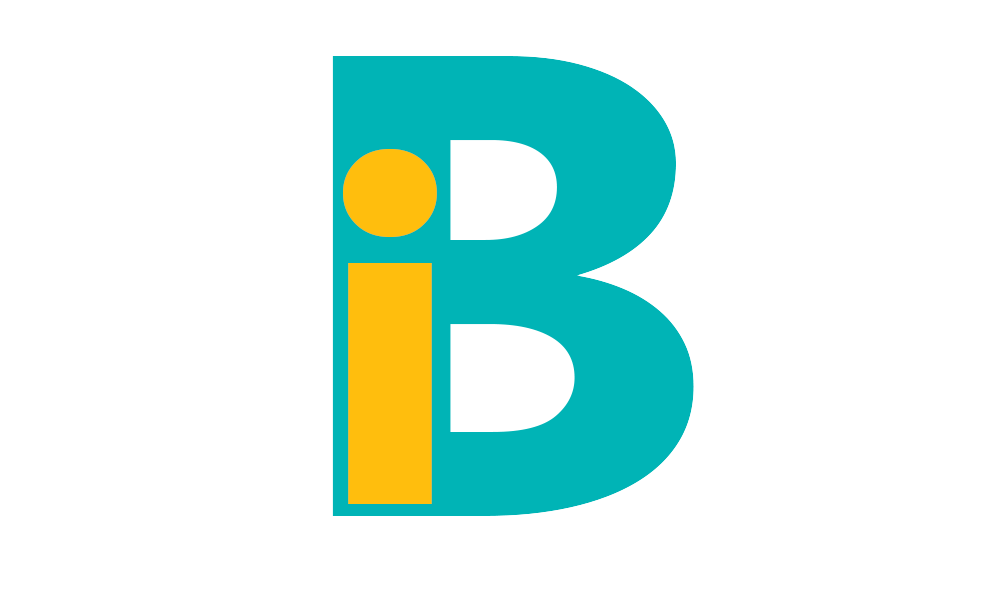
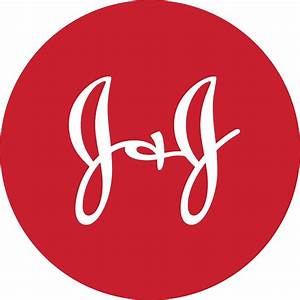




.png?width=742&name=Screenshot%20(4).png)
-Mar-31-2021-10-19-23-86-AM.jpg?width=235&name=more%20(10)-Mar-31-2021-10-19-23-86-AM.jpg)
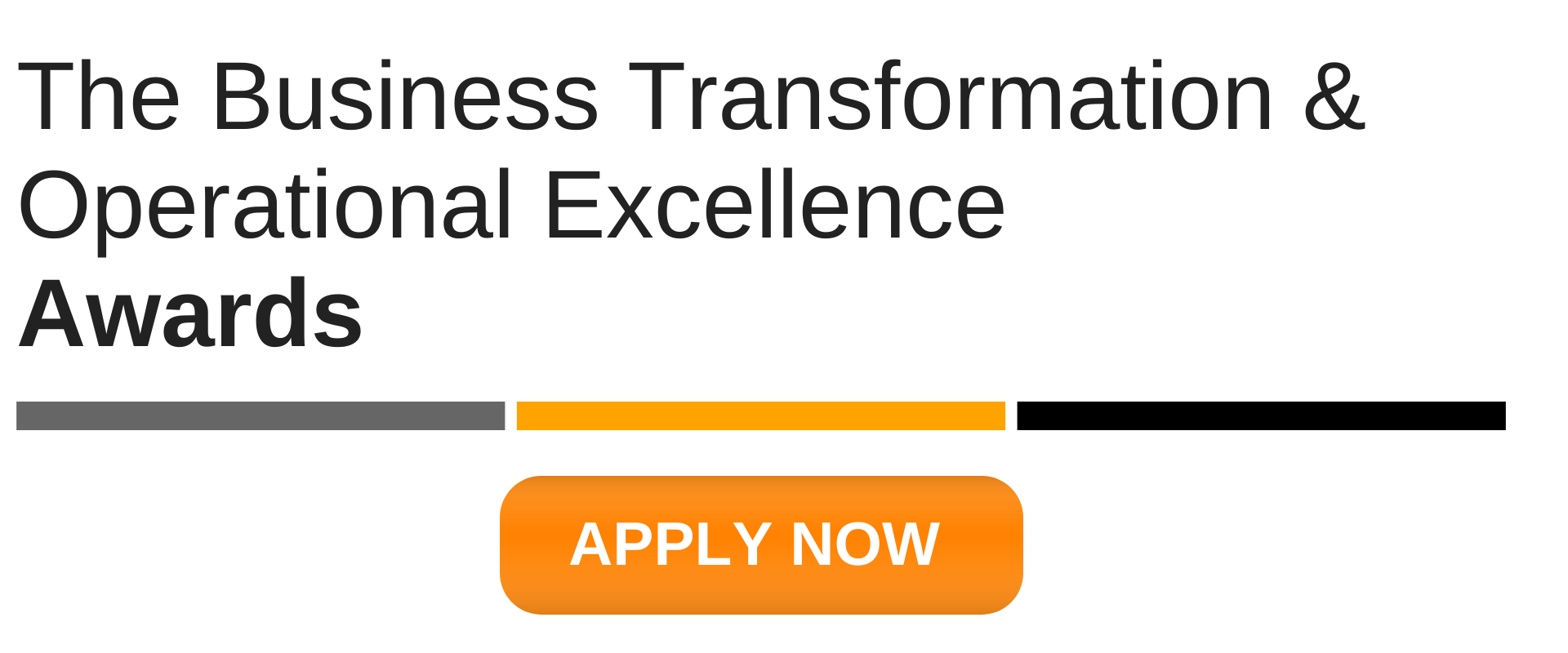

-2.png)
-2.png)
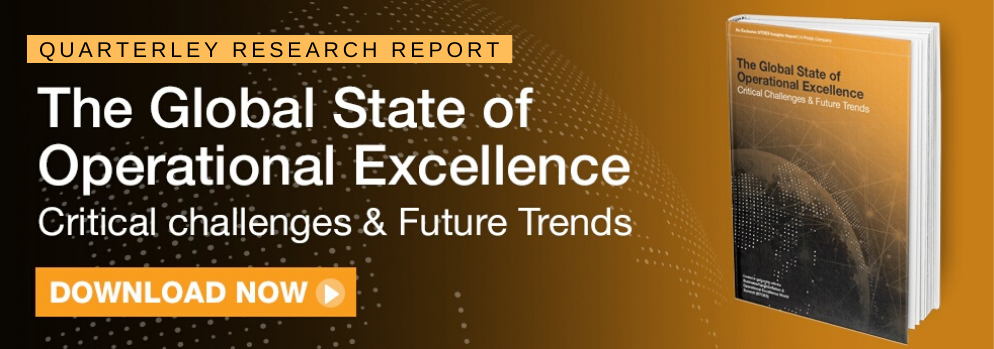

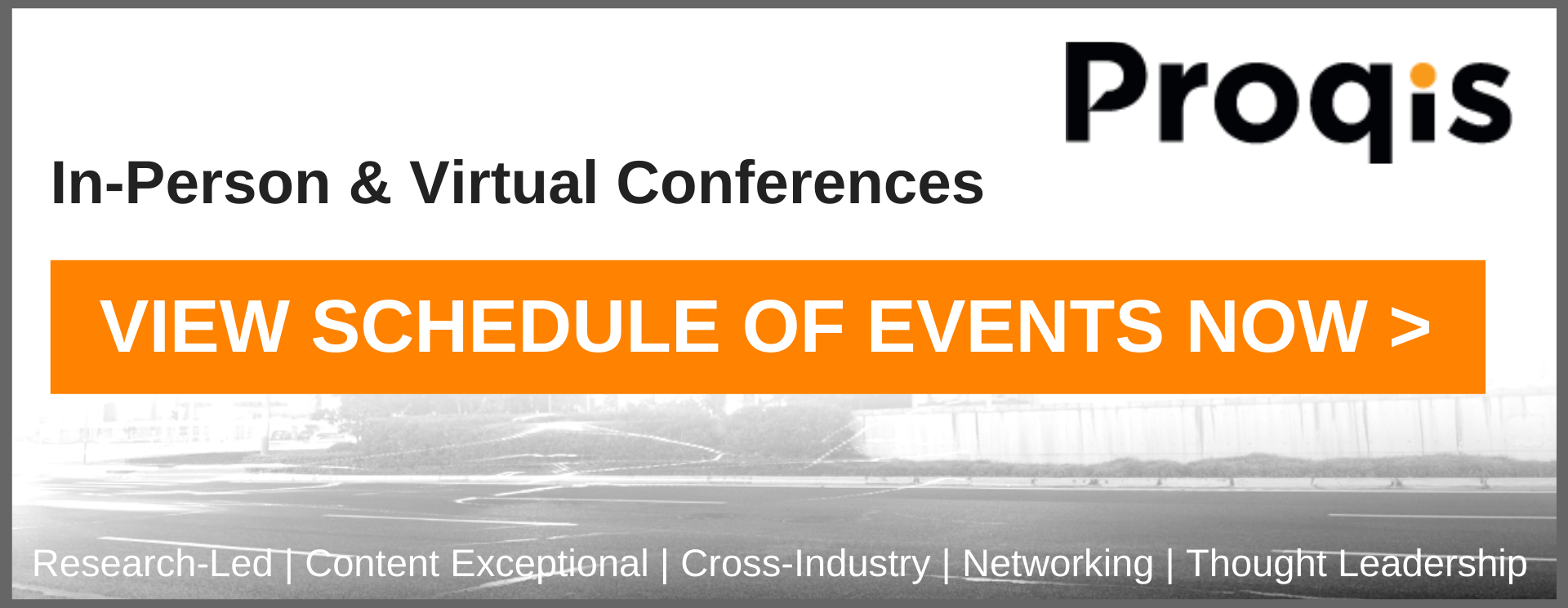


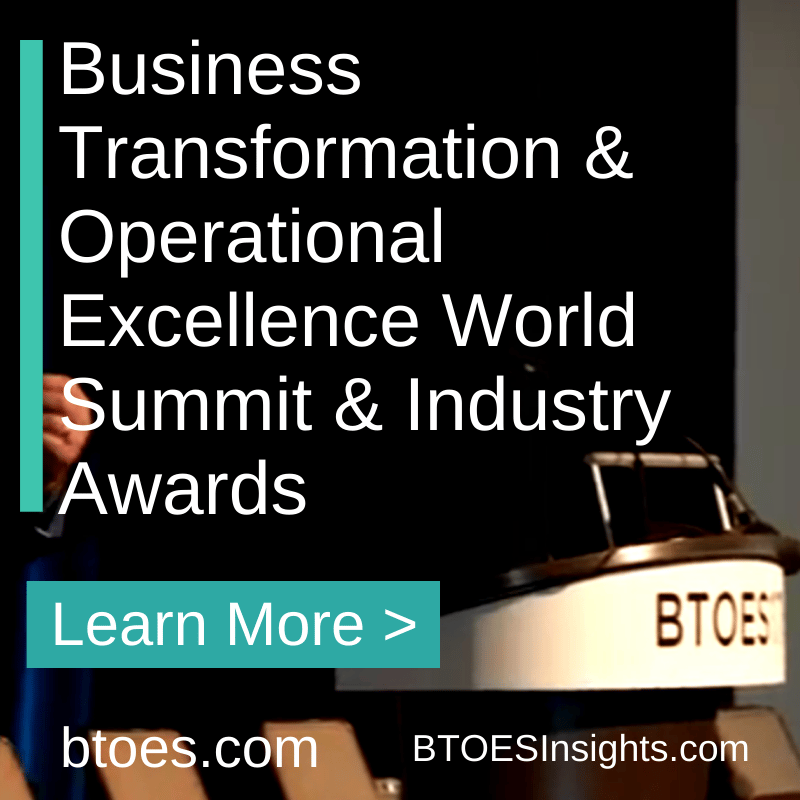
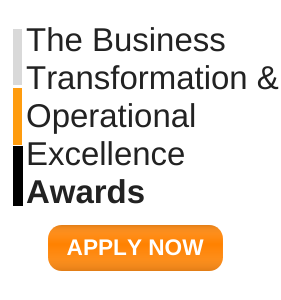
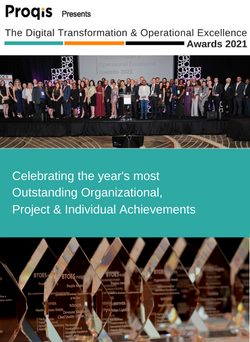
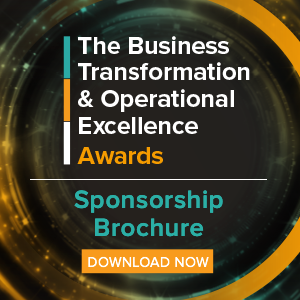
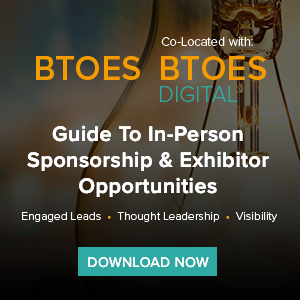
%20(1)%20(1).png?width=1410&name=Add%20a%20heading%20(8)%20(1)%20(1).png)



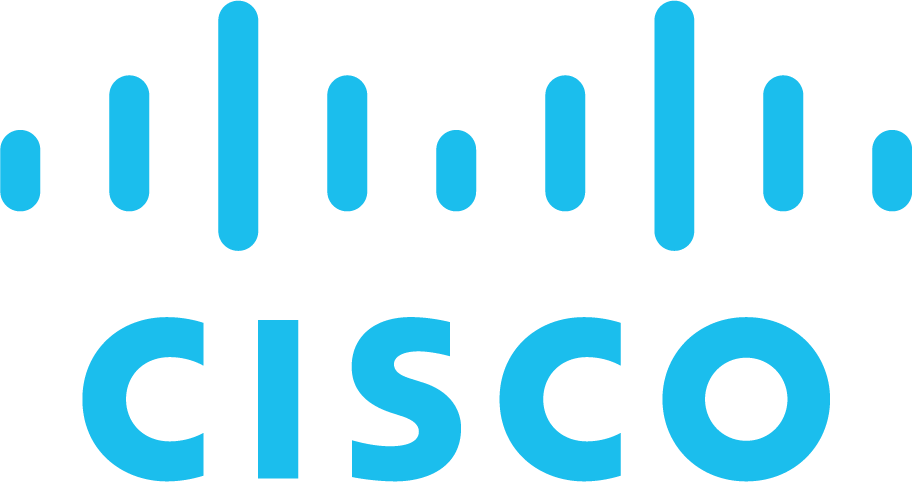
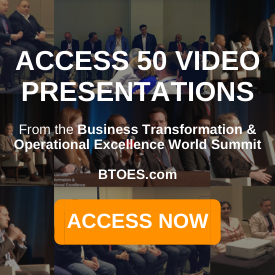
.png)
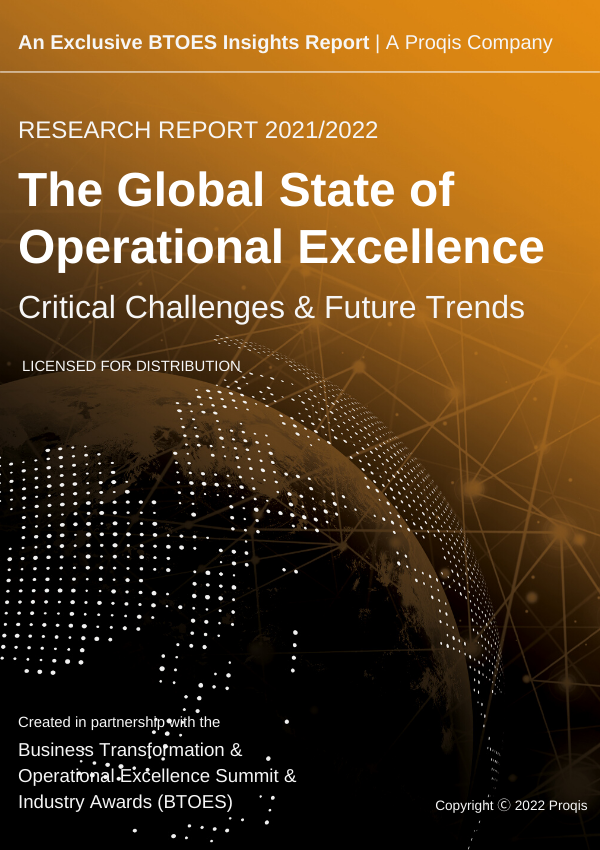
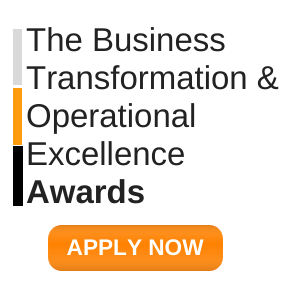
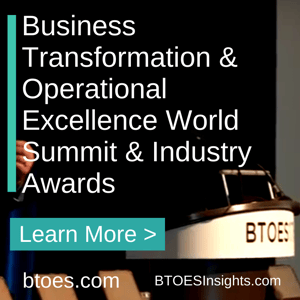

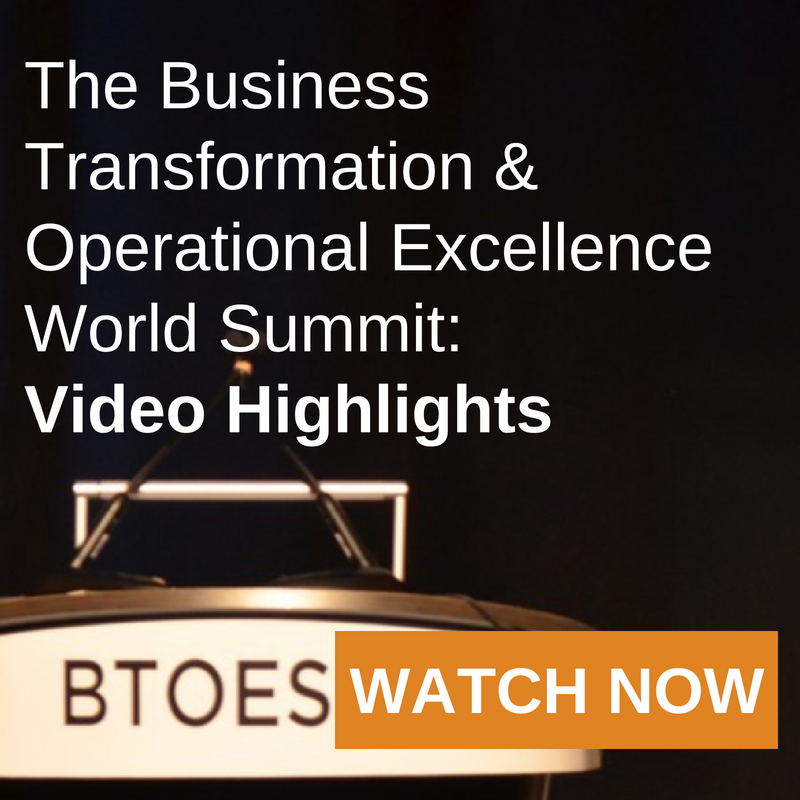

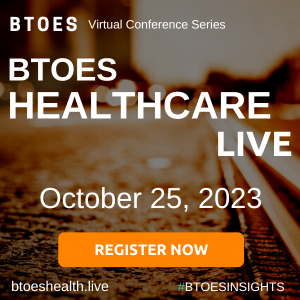
-1.png?width=300&name=ATTENDEE%20-%20Proqis%20Digital%20Event%20Graphics%20(2)-1.png)
-1.png?width=300&name=ATTENDEE%20-%20Proqis%20Digital%20Event%20Graphics%20(1)-1.png)
